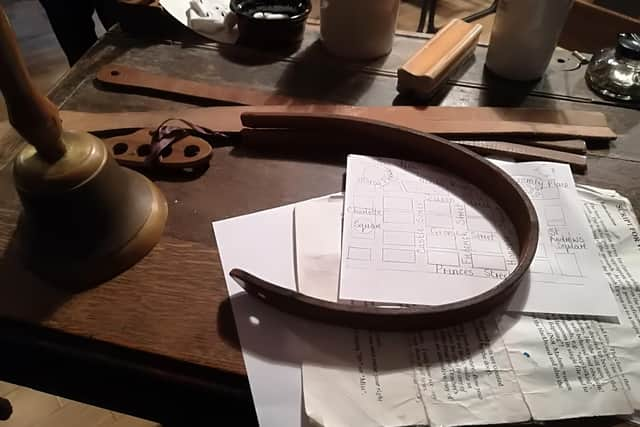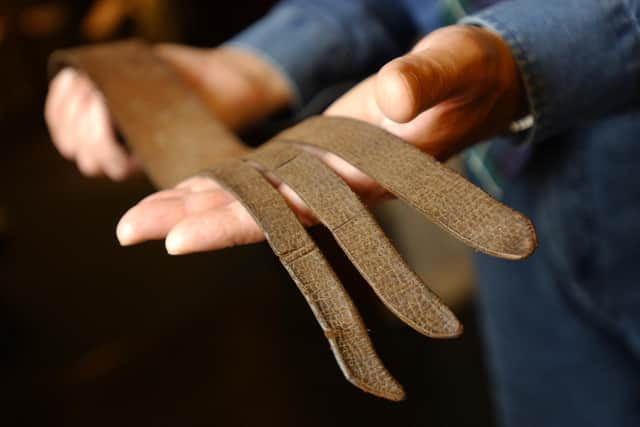Banning the belt: how the Lochgelly tawse was outlawed as Scotland stopped belting pupils
and live on Freeview channel 276
Grace Campbell took her case to the European Commission on Human Rights when Strathclyde regional education authority refused to guarantee her 11-year-old son would not be hit – and Jane Cosans brought a similar case against Fife Regional Council’s education authority.
They pioneered the end of pupils being belted for disciplinary offences – from the petty to the disruptive - but the move didn’t go down well with all teachers, particularly among the post-war belt-happy brigade who saw it as an effective deterrent.
Advertisement
Hide AdAdvertisement
Hide AdThere were also concerns over the time, and staffing, needed to manage detention sessions, but times were changing.


Fife aimed to have the belt banned by the start of the 1983 school term after a working party from COSLA published a report on its abolition. Ironically, the belts were made in the Kingdom - the Lochgelly tawse was many teachers’ preferred choice of a strap, and some had them customised. Lochgelly supplied about 70 per cent of all belts to Scottish schools.
The Kingdom already had a code of conduct for belting children. It should only be used as a last resort, and not for failure or poor performance. Fife councillors were confident they had done more work than other authorities to ensure a smooth transition
Tom Dair, who chaired the education committee, said: “We have seen in the media the type of problems that have arisen elsewhere. I would suggest quite unequivocally that these problems have been because other authorities did not seek to consult on the withdrawl of corporal punishment the way that we did. That is why the process has gone so smoothly.”
Advertisement
Hide AdAdvertisement
Hide AdThere were talks and more talks – everyone from rectors and headteachers to unions and school councils.


Ironically, a lack of consultation saw a backlash at Kirkcaldy High School make the front page of the Press. August 1983 saw teachers’ concerns aired publicly after 135 out of 150 of them signed a petition calling for a meeting with the rector. They expressed concerns over discipline once the belt had gone, and claimed that alternative measures, including a sin bin, were being introduced without consultations with frontline staff.
A teacher told the Press there had been a sharp deterioration in discipline within the junior school which housed 700 of the 1900 pupils, and there were major questions over plans for a sin bin to hold up to ten pupils at a time. Staff claimed the new plans were only outlined weeks before term and the minute of an in-service day organised by Fife Regional Council noted the “regret” over a lack of communication from the rector, Thomas Fraser who said: “I am not guilty of holding my cards close to my chest.”
Mr Fraser denied all charges and rejected claims of indiscipline at his school. He said there were only “one or two” staff members concerned who had asked for a meeting about the new arrangements, adding: “It is an entirely new venture and one never knows if it is going to work.”
Advertisement
Hide AdAdvertisement
Hide AdThe start of the 1983 term saw the belt consigned to history. It was a landmark moment for education, and how children were treated.
Up until then it was deemed perfectly acceptable to physically punish a child – phrases such as ‘six of the best’ will be familiar to anyone who was summoned to the front of the class, and belting was prolific in classrooms.
Teachers used them daily to maintain order, and to punish children, often for the pettiest of offences – dropping pencils, chatting, running in the stairs, and even failing to understand in lessons. Wester Hailes Education Centre in Edinburgh was the first to ban the belt outright in 1979. Fife followed four years later, and it took until, 1987 for the tawse to finally be banned from all classrooms.